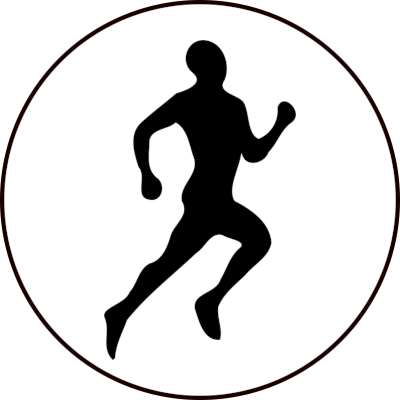Running distance over time. I still can’t run 5k without walking about 20% of the way.
And it’s not going fast either, but I’m still proud of the progress. The data is keeping me going.
EDIT: Thanks for the support! The legs still don’t want to do, what I want them to. But they will learn, who’s the boss eventually.


My calfs are getting better, but now the knees are starting at the end of the runs. Even with restitution periods.
So if you find a solution, I’m all ears.
Besides working on your form and making sure you have good shoes for your feet, as other ls have mentioned, I have another suggestion. Unfortunately, it is one that sucks to hear - you may need to decrease your distance, or at least hold your distance flat for a while. Often people are able to build cardio ability faster than their joints/tendons/muscles can adapt. Because of that, the general wisdom is that you need to increase distance slowly. Which, again, sucks when you are measuring your success by distance.
If it feels ok on your knees (and everything else), you should work on speed for a little while, which gives you a different goal to work toward while distance is on pause. There are lots of guides out there on speedwork.
And cross train - bike, swim, strength training…
As a last note: please for the love of god, don’t try to run through injures. A little discomfort is one thing, but if something starts to hurt or you feel sharp pain when running, stop. It took me way too many times to learn that lesson. Injuries are a guarantee in running (if you do it long-term). So learning to manage injuries is key.